- Home
- About Us
- Inspection Services
- Conventional Non-Destructive Testing
- Ultrasonic Weld Scan
- Ultrasonic Thickness Gauging
- Eddy Current Testing
- Radiography Testing
- Liquid Penetrant Testing
- View More
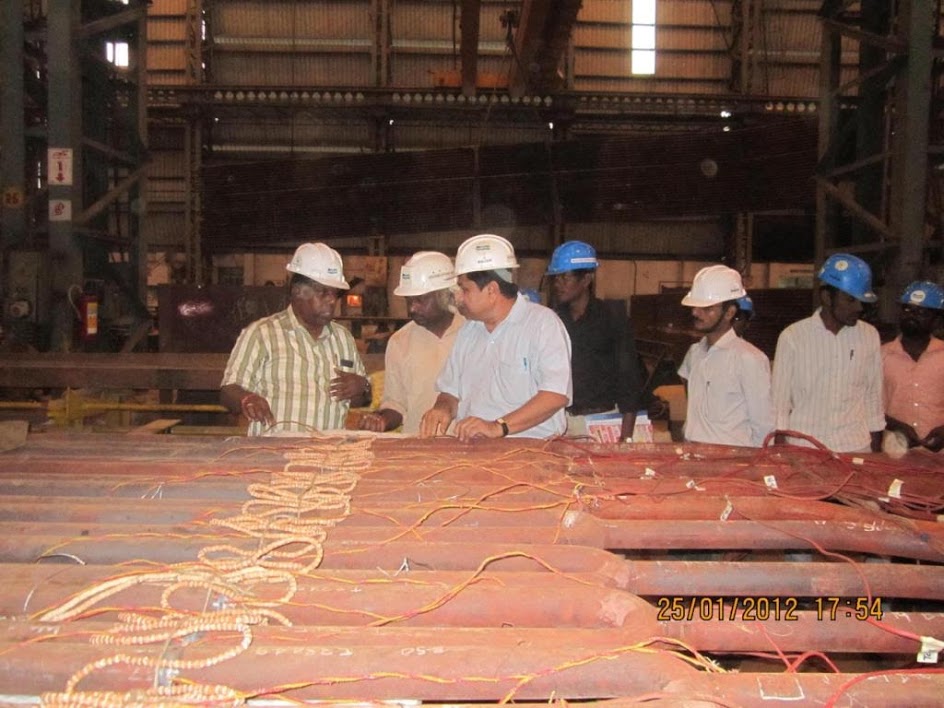
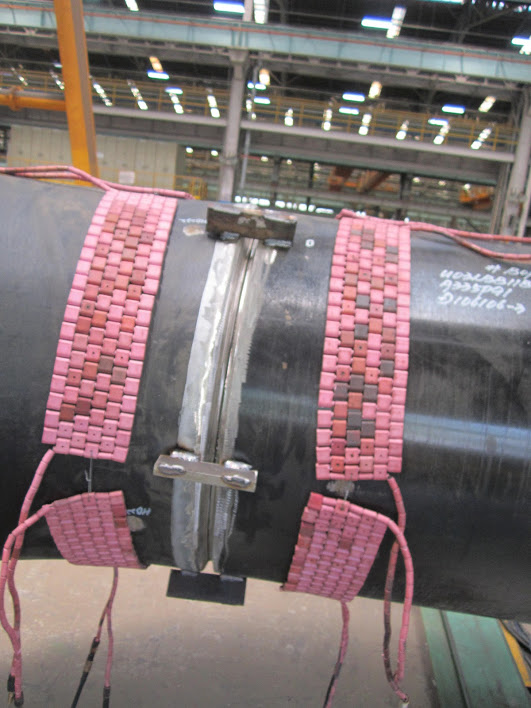
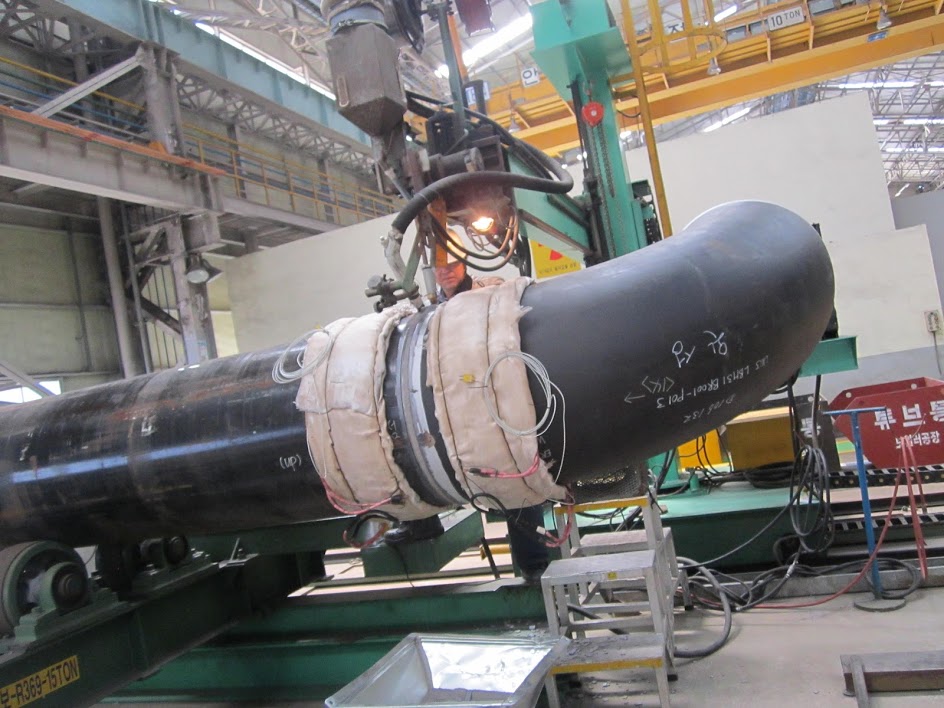
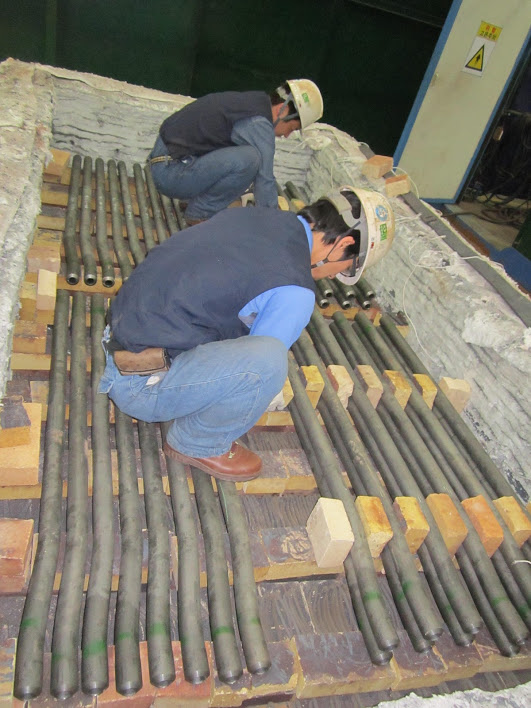
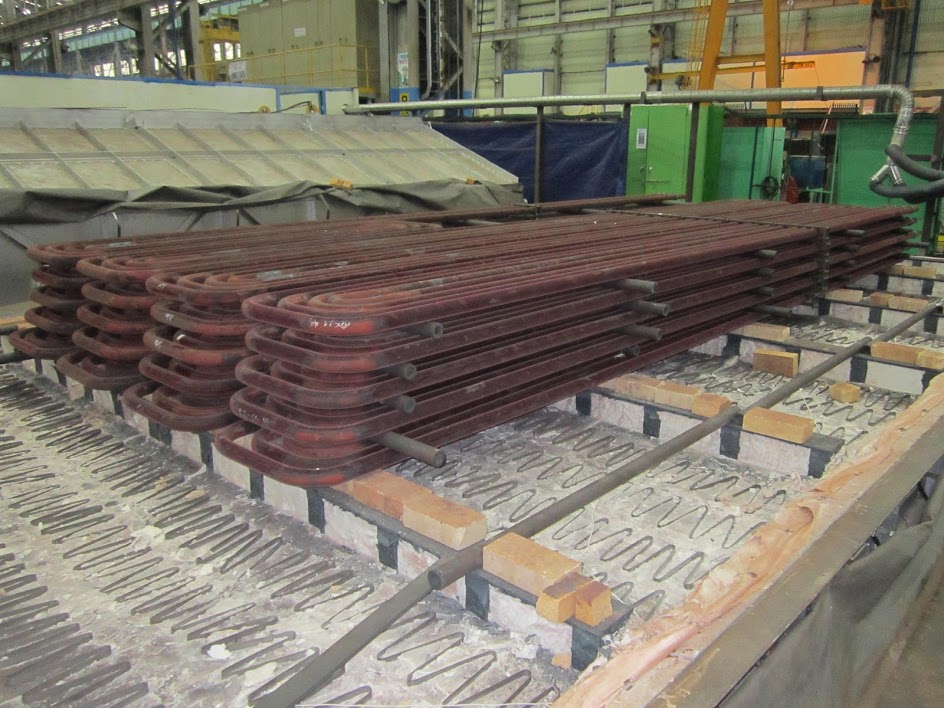
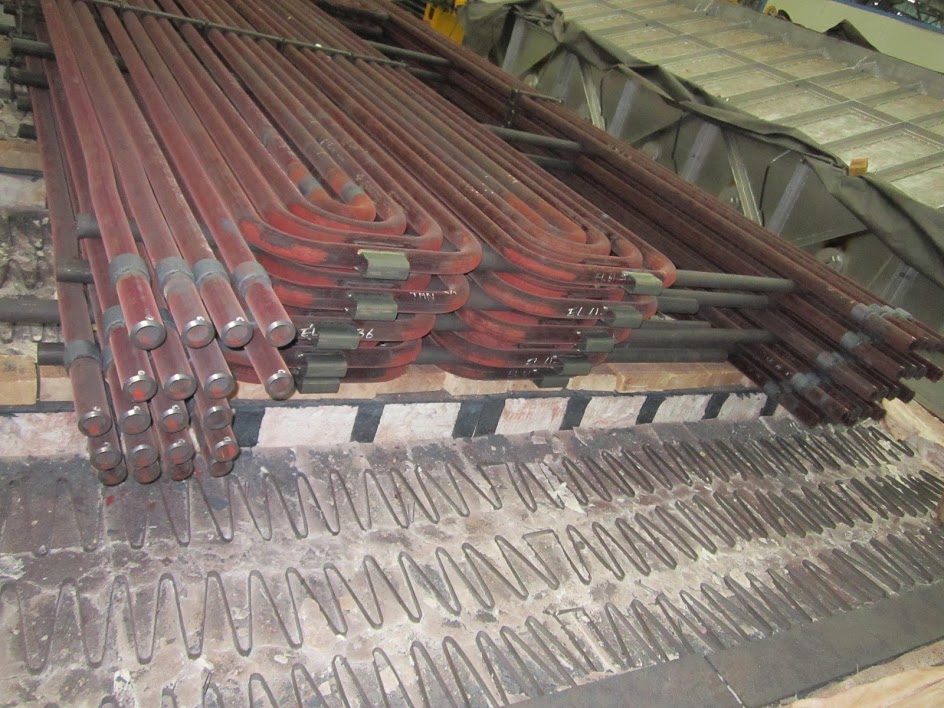
NDT AND PWHT Solutions offers a full range of heat treatment services through a wide range of temperatures. We utilize both electrical and fuel-fired methods as a source of heating with the objective of bringing your project in on time and on budget.
Thermal stresses occur as molten weld pools cool at which point cracking can occur both during and after welding. Moreover, the colder parent or base metal resists the inevitable contraction of the weld metal. In some instances heavy wall materials and aluminum alloys with higher thermal conductivity can act as a heat sink, drawing heat away from a weld and cooling at an accelerated rate. If moisture is present at a welded joint, the high heat of the welding arc will break the water down into its elements, hydrogen and oxygen. The hydrogen by-product easily dissolves into the weld metal and causes weld porosity during weld solidification. During and after completing of the welding process, both the weld pool and the heat-affected zone (HAZ) can harden and crack when cooling at a rapid pace.
Pre-heat treatment is used to prepare the base metalwork area so as to improve the integrity of the weld or machining process by raising the temperature gradually thereby improving ductility in advance of the work taking place. This enables the higher temperature area to respond more effectively to the weld or machining process.
Welding Preheat.
Post Weld Heat Treatment – PWHT.
Hydrogen Bake Out.
Line Thaws.
Refractory Dry-out’s.
Phenolic Cures.
Coating Cures.
Heat/Shrink Expansion.
Permanent and Temporary Furnaces
Warming Systems.
OEM Equipment Manufacturing.
Calibration & Service.
Reduces the levels of thermal stress.
Compensates for high heat loss.
Minimizes the rate of weld hardening.
Reduces the porosity of the weld.
Reduces hydrogen cracking.
Improves micro-structure of heat-affected zones.
Thermal Stresses Occur as Molten Weld Pools Cool
Cracking Can Occur Both During and After Welding
Colder Parent Metal Resists the Inevitable Contraction of the Weld Metal
Preheating reduces the temperature difference between the Weld Metal and the Parent Metal and Minimizes Potential Cracking Pre Weld Heat Treating and High heat Loss
Heavy Wall Materials and Aluminum Alloys with higher thermal conductivity can act as a heat sink, drawing heat away from a weld and cooling at an accelerated rate.
Preheat Heat treatment will reduce the cooling rate of the deposited weld material and allow a proper fusion with the parent metal Pre Weld Heat Treatment will Reduce Weld Porosity
If moisture is present at a welded joint, the high heat of the welding arc will break the water down into its elements, hydrogen and oxygen. The hydrogen by-product easily dissolves into the weld metal and causes weld porosity during weld solidification.
Performing a pre-weld heat treat drives away moisture from the welded joint. Pre Weld Heat Treatment will Reduce Weld Hardening
During and after completing of the welding process, both the weld pool and the Heat Affected Zone (HAZ) can harden and crack when cooling at a rapid pace
By preheating the weld and the Heat Affected Zone (HAZ) the rate of cooling can be controlled and reduced thereby eliminating problems associated with weld hardening Pre Weld Heat Treating Prevent Hydrogen Cracking
Electrode Coatings and Fluxes can often introduce moisture directly to the arc and weld pool. The increase in moistures increases the possibility of weld or Heat Affected Zone (HAZ) cracking.
Preheating slows down the weld cooling rate which allows hydrogen to escape Pre Weld Heating Improves Material Microstructure
Low Alloy Steels containing elements such as chromium, nickel, molybdenum, and vanadium are susceptible to cracking in the Heat Affected Zone (HAZ)
Preheating improves the microstructure inside the HAZ by reducing the post-weld cooling rate. The reduced cooling rate produces: o A more desirable and ductile microstructure to be formed o Minimizes Under Surface Cracking